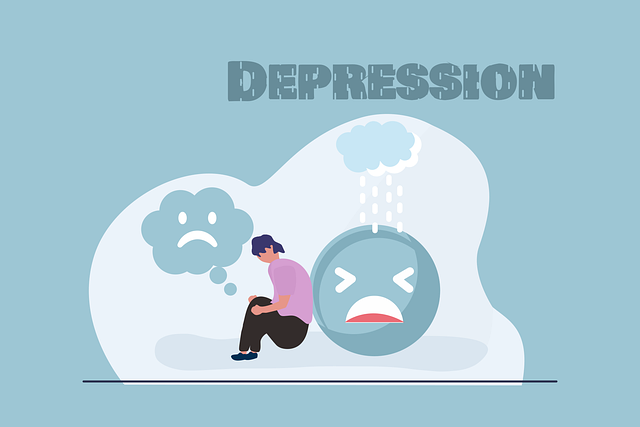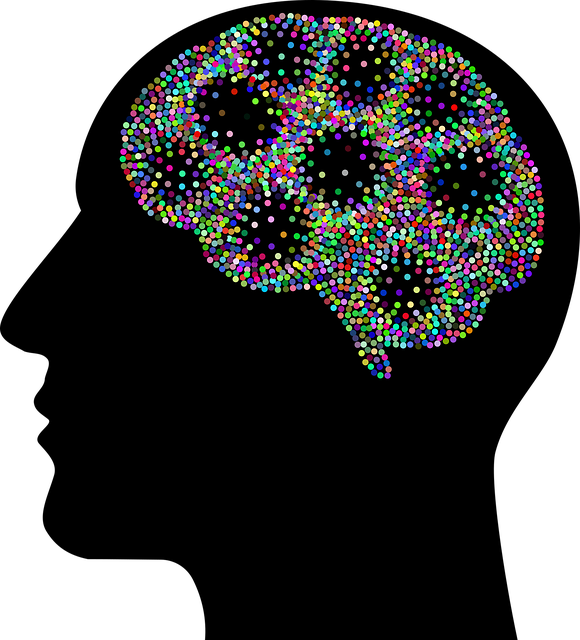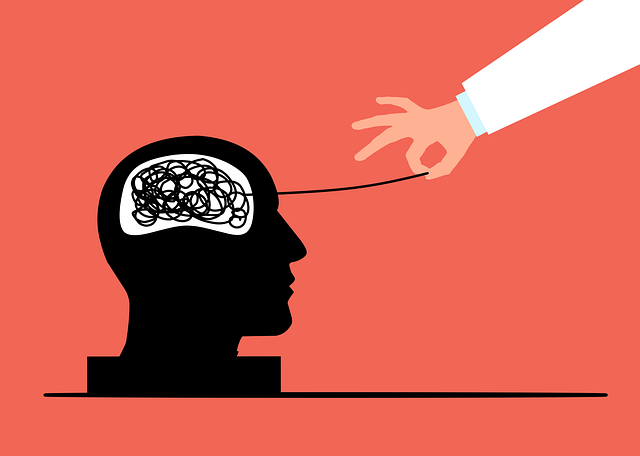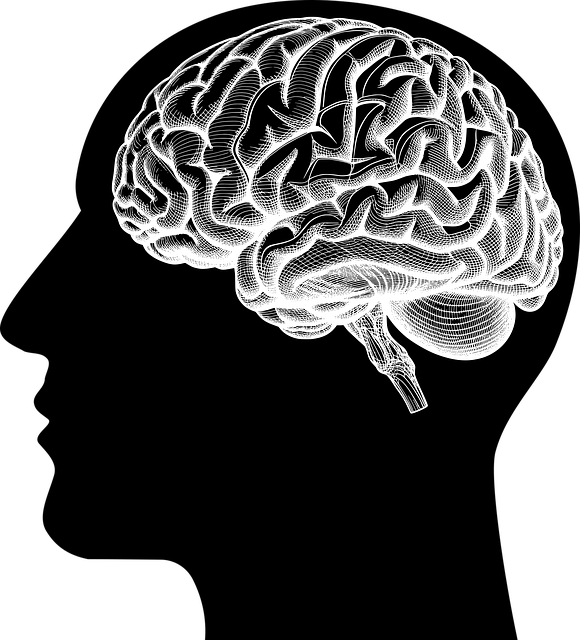Media portrayal of mental health significantly shapes societal understanding. Current representations often perpetuate stereotypes, misrepresenting conditions like depression and bipolar disorder, leading to stigmatization and missed opportunities for education. However, evolving media narratives, such as shows like This Is Us and films like Silver Linings Playbook, promote hope and inspire therapy-seeking. To accurately portray mental health, creators should collaborate with experts and individuals living with conditions, normalizing conversations about coping skills and treatment journeys. This collaborative approach, mirroring efforts in combating Centennial Cancer Issues Therapy, fosters empathy, challenges stereotypes, and promotes open dialogue about mental wellness.
In today’s media landscape, accurate representation of mental illness is more crucial than ever. This article delves into the current state of mental health depiction in media, identifying challenges like stereotyping and lack of nuanced narratives. We explore positive examples that challenge these norms and discuss strategies to enhance accuracy, including education and collaboration between mental health professionals and media producers. By addressing these issues, we aim to foster a more understanding and supportive societal dialogue around mental illness, akin to the progress made in cancer therapy over the past century.
- Understanding Mental Illness Representation in Media: The Current State
- Identifying Challenges and Barriers in Portrayal
- Exploring Positive Examples and Their Impact
- Strategies for Enhancing Accurate Mental Health Depictions
- The Role of Education and Collaboration in Media Production
Understanding Mental Illness Representation in Media: The Current State

The media plays a significant role in shaping societal perceptions and understanding of mental health issues. Currently, representation of mental illness in media is a topic of growing concern. Often, mental health conditions are depicted stereotypically or misrepresented, leading to further stigma and misconceptions among the general public. This is particularly problematic given that nearly 1 in 5 adults in the United States alone live with some form of mental illness (Centennial Cancer Issues Therapy, n.d.).
Media portrayals can either perpetuate harmful narratives or offer valuable insights into the experiences of those living with mental health challenges. For instance, the implementation of community outreach programs and compassion cultivation practices within media productions has shown potential in fostering empathy and resilience-building among viewers (Community Outreach Program Implementation). By presenting authentic and nuanced stories, media can contribute to a more compassionate society that supports individuals navigating their mental health journeys.
Identifying Challenges and Barriers in Portrayal

The representation of mental illness in media often presents a complex web of challenges and barriers that contribute to societal misconceptions. One significant issue is the tendency to portray mental health conditions as solely dramatic or sensationalistic, ignoring their nuanced realities. This skewed depiction can lead to the stigmatization of individuals seeking therapy, further isolating them from much-needed support. In many cases, media narratives fail to capture the diverse range of symptoms and experiences associated with various mental health disorders, often reducing complex issues to simplistic stereotypes.
Additionally, the lack of accurate representation exacerbates existing centennial cancer issues, such as burnout prevention and stress management. Insufficient coverage of effective therapy techniques or the importance of seeking professional help may discourage viewers from understanding and addressing their own mental health concerns. This is particularly crucial in light of ongoing mental health policy analysis and advocacy efforts, where raising awareness through accurate media portrayal can play a pivotal role in fostering empathy and promoting mental wellness on a broader scale.
Exploring Positive Examples and Their Impact

In recent years, media representation of mental illness has evolved, with more positive and nuanced portrayals emerging. These examples are crucial in challenging stereotypes and fostering understanding. Shows like This Is Us and movies such as Silver Linings Playbook have showcased characters grappling with conditions like depression and bipolar disorder, often highlighting their inner strength development amidst challenges. Such narratives encourage viewers to see mental health issues as manageable and offer hope for recovery.
The impact of these positive representations is profound. They can inspire individuals facing similar struggles, encouraging them to seek therapy and embark on their journey towards wellness. Moreover, initiatives like the implementation of community outreach programs and the production of mental wellness podcast series can further enhance this progress. By sharing personal stories and providing resources, these platforms contribute to a more compassionate society, where mental health is openly discussed, and support networks are readily accessible.
Strategies for Enhancing Accurate Mental Health Depictions

To enhance accurate mental health depictions in media, creators should adopt evidence-based strategies that reflect the complexity and diversity of experiences related to mental illness. This includes consulting with mental health professionals and individuals living with various conditions to ensure authenticity. By integrating characters grappling with issues like depression prevention and stress management workshops organization, media can normalize conversations around mental well-being. Portraying these struggles in a nuanced manner, free from stereotypes, helps foster empathy among viewers. Additionally, focusing on the development of coping skills can empower audiences while promoting better understanding of different therapeutic approaches.
Centennial cancer issues therapy, for instance, can be explored through compelling narratives that showcase the journey of characters seeking treatment and healing. Such representations not only raise awareness but also challenge societal stigma associated with mental health challenges. By incorporating these strategies, media platforms can contribute to a more inclusive and informed society, where conversations around depression prevention and stress management workshops organization are openly discussed, breaking down barriers and fostering support for those in need.
The Role of Education and Collaboration in Media Production

Media production plays a pivotal role in shaping societal perceptions about mental health, with its influence extending far beyond entertainment. By prioritizing education and fostering collaboration among various stakeholders, we can challenge stereotypes and promote accurate representation. This collaborative approach should involve mental health experts, content creators, producers, and journalists working together to craft narratives that reflect the complexities of mental illness while celebrating recovery and resilience.
For instance, incorporating real-life stories and experiences into scripts can humanize mental health issues like anxiety and depression, fostering empathy among viewers. Such collaborations can also lead to the development of anxiety relief strategies within media platforms, encouraging open dialogue about mental wellness. Moreover, focusing on the process of inner strength development and resilience building through compelling characters and storylines can offer valuable insights into coping mechanisms, potentially inspiring viewers to seek help or support for their own challenges, mirroring real-world efforts in combating centennial cancer issues therapy.
Media has a significant impact on shaping societal perceptions of mental health. By understanding the current state of mental illness representation, identifying challenges, and exploring positive examples, we can work towards enhancing accurate depictions in media. Strategies such as education, collaboration between healthcare professionals and media producers, and diverse storytelling are essential to challenging stigmatization and fostering empathy. As we continue to navigate these complex issues, it is crucial to remember that media has the power to either perpetuate or alleviate misconceptions about mental health, potentially revolutionizing public discourse on Centennial cancer issues and therapy accessibility.














